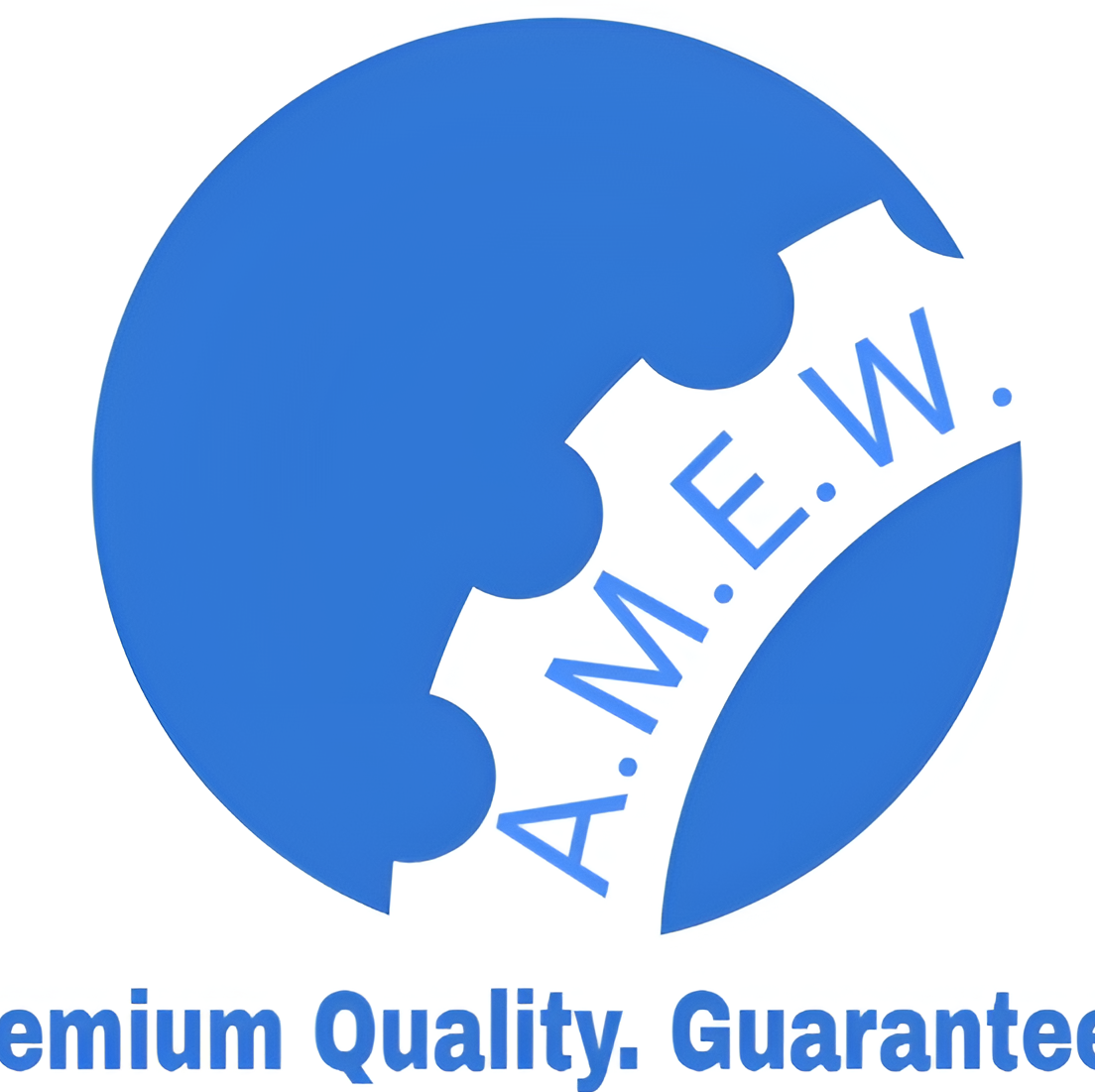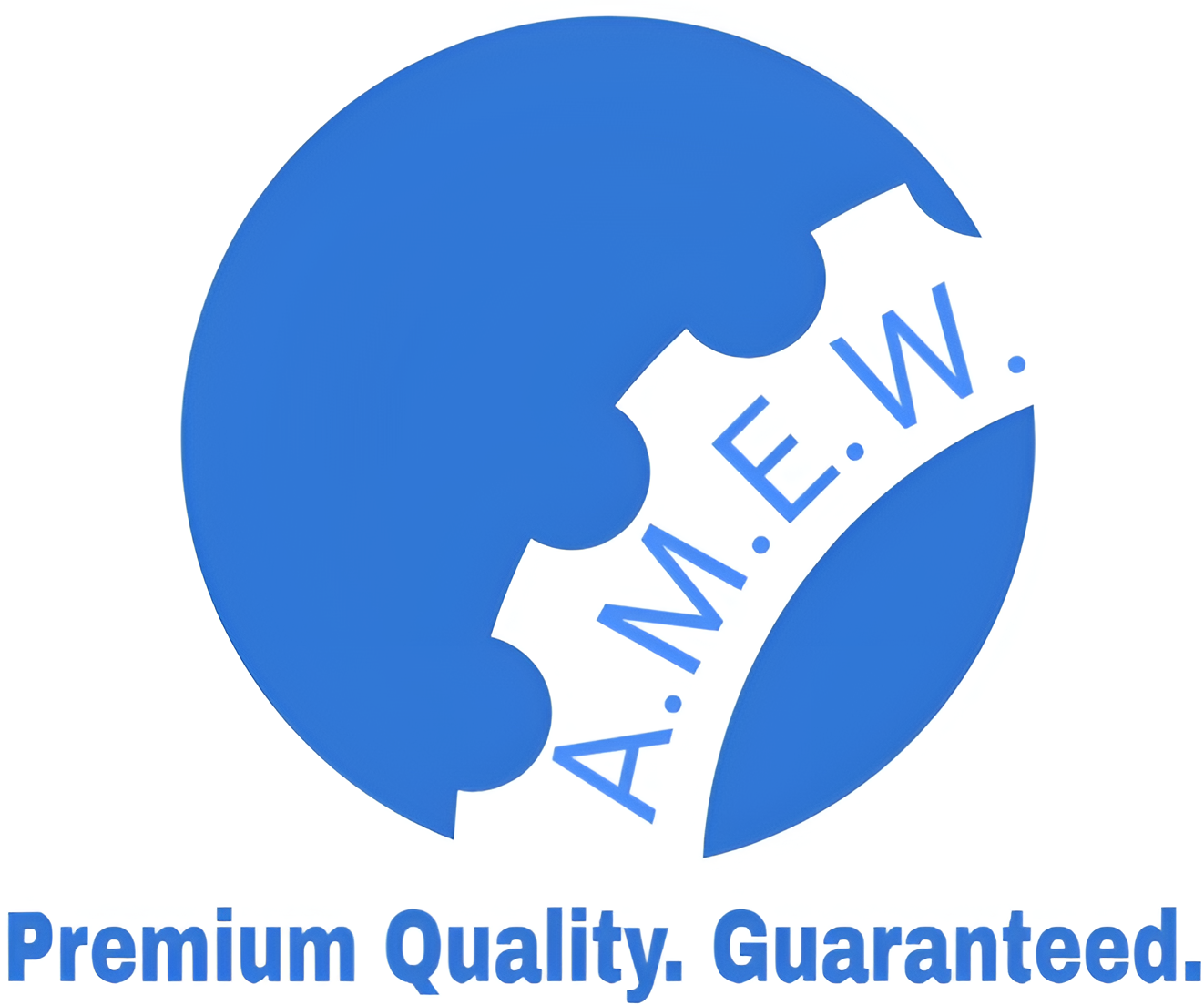Endless Rings: Design, Benefits, and Future Trends
Endless rings, also known as seamless or continuous rings, have become fundamental components across industries for their durability, reliability, and adaptability. Engineers and procurement professionals often rely on these understated yet significant parts to ensure the seamless operation of machinery and systems.
This blog will explore what endless rings are, their material compositions, benefits, applications, and how to ensure proper selection and sizing. Plus, we’ll explore case studies and future trends to give you a comprehensive overview. Whether you’re designing complex systems or sourcing components, understanding endless rings’ value can give your projects an edge.
What Are Endless Rings?
Endless rings are circular components manufactured without any seams, joints, or welds, ensuring they maintain structural integrity under high stress. Their seamless design makes them particularly suited for applications requiring precision and consistency, such as in machinery, automotive systems, and aerospace.
Available in various sizes, materials, and classifications, endless rings can serve a myriad of functions, including bearing loads, sealing mechanisms, and transmitting torque. Their versatility makes them indispensable in both standard equipment and innovative, cutting-edge designs.
Design and Materials of Endless Rings
Precision in Manufacturing
The design of endless rings focuses on reliability and performance. Since they have no joints or weak points, their durability exceeds that of traditional segmented rings. Endless rings are engineered with precision to fit specific standards, ensuring minimal friction and wear during operation.
Material Selection
Manufacturers offer endless rings in a range of materials depending on their intended applications. Common material options include:
- Stainless Steel: Ideal for environments exposed to corrosion, such as marine settings or chemical processing systems.
- Carbon Steel: Known for its strength and hardness, carbon steel endless rings handle demanding industrial loads.
- Alloys: Aluminum and titanium endless rings strike the perfect balance between strength and lightweight properties, making them essential for aerospace and automotive applications.
- Elastomers (specialized selections): These materials are used for applications needing flexibility, often seen in sealing rings in hydraulic systems.
Surface Treatments
Many endless rings undergo specialized surface treatments like nitriding, coating, or heat treatment to improve wear resistance, corrosion resistance, or strength.
The Advantages and Benefits of Endless Rings
When compared to other ring types, endless rings offer significant advantages:
1. Durability
The absence of seams or welds eliminates common stress points, leading to long-lasting performance even in high-load or high-pressure environments.
2. Precision and Reliability
Endless rings provide an exceptional level of dimensional accuracy, ensuring they fit perfectly within defined tolerances. This ensures smoother operations with reduced wear and tear on surrounding components.
3. Reduced Maintenance
Their robust construction decreases the likelihood of failures, which in turn reduces downtime and maintenance costs.
4. Versatility Across Industries
From heavy-duty cranes to high-speed aircraft, endless rings excel in a vast range of applications, making them a versatile choice for engineers.
5. Cost-Effectiveness
Thanks to their extended service life and reduced maintenance requirements, endless rings often provide a high return on investment (ROI).
Common Applications of Endless Rings
Endless rings are integral to numerous industrial sectors, including:
1. Aerospace
Endless rings are pivotal in aircraft controls, actuators, and landing gears due to strict safety and performance standards.
2. Automotive
They are used in systems to handle torque transmission and fluid sealing, especially in engines and drivetrains.
3. Heavy Machinery
Industrial cranes, presses, and construction vehicles depend on endless rings for load-bearing and torque applications.
4. Energy
Endless rings can endure extreme temperatures and pressures in turbines and valves, making them essential in power generation.
5. Medical Equipment
Precision and reliability make endless rings invaluable in medical devices, where failure is not an option.
6. Oil & Gas
The harsh environments in oil exploration require components that can withstand corrosion and explosive pressures, and endless rings deliver exactly that.
Selecting and Sizing Endless Rings
Choosing the right endless ring is critical for system efficiency and longevity. Here’s what you need to consider:
Step 1: Define Your Requirements
- What is the load or pressure level the ring needs to withstand?
- Will it be exposed to corrosive substances or extreme temperatures?
Step 2: Choose Materials Wisely
Select a material compatible with the environmental and operational requirements of your application.
Step 3: Specify Size and Tolerances
Accurate dimensions are crucial for proper fit. Work with manufacturers to determine tolerances that ensure optimal performance.
Step 4: Consult with Experts
Professional consultation can prevent selection errors that might lead to costly repairs or system inefficiency.
Case Studies and Examples of Success
Case Study 1: Automotive Durability
A major automotive manufacturer improved their drivetrain efficiency by switching to high-grade stainless steel endless rings. The result? Reduced wear on transmission parts, leading to a 30% increase in part longevity.
Key Takeaway: Endless rings minimize component failures in high-stress environments.
Case Study 2: Versatility in Offshore Applications
An oil and gas company utilized nitrided endless rings in their drilling valves to reduce corrosion under highly acidic and saline conditions. They reported a 40% decrease in maintenance downtime.
Key Takeaway: Proper material selection significantly improves reliability under harsh conditions.
Future Trends in Endless Rings
With advancements in manufacturing techniques like 3D printing and emerging materials such as graphene-enhanced composites, the future of endless rings is promising:
- Smart Materials: Endless rings with integrated sensors to monitor stress and wear in real-time.
- Eco-Friendly Compositions: Increased use of sustainable or recyclable materials.
- Automation in Production: Precision manufacturing processes will make endless rings more customizable for specialized applications.
By staying ahead of these trends, industries can leverage endless rings for even greater reliability and innovation.
Enhance Equipment Reliability Today
The role of endless rings in mechanical systems cannot be overstated. Their durability, precision, and versatility are key to achieving operational excellence in industries ranging from energy to medical equipment.
If you’re unsure about which endless ring suits your needs, consult with our technical experts. With decades of experience, we’ll help you select the best materials, sizes, and designs for your specific application. Reach out today to learn how endless rings can transform your system’s efficiency and reliability.


